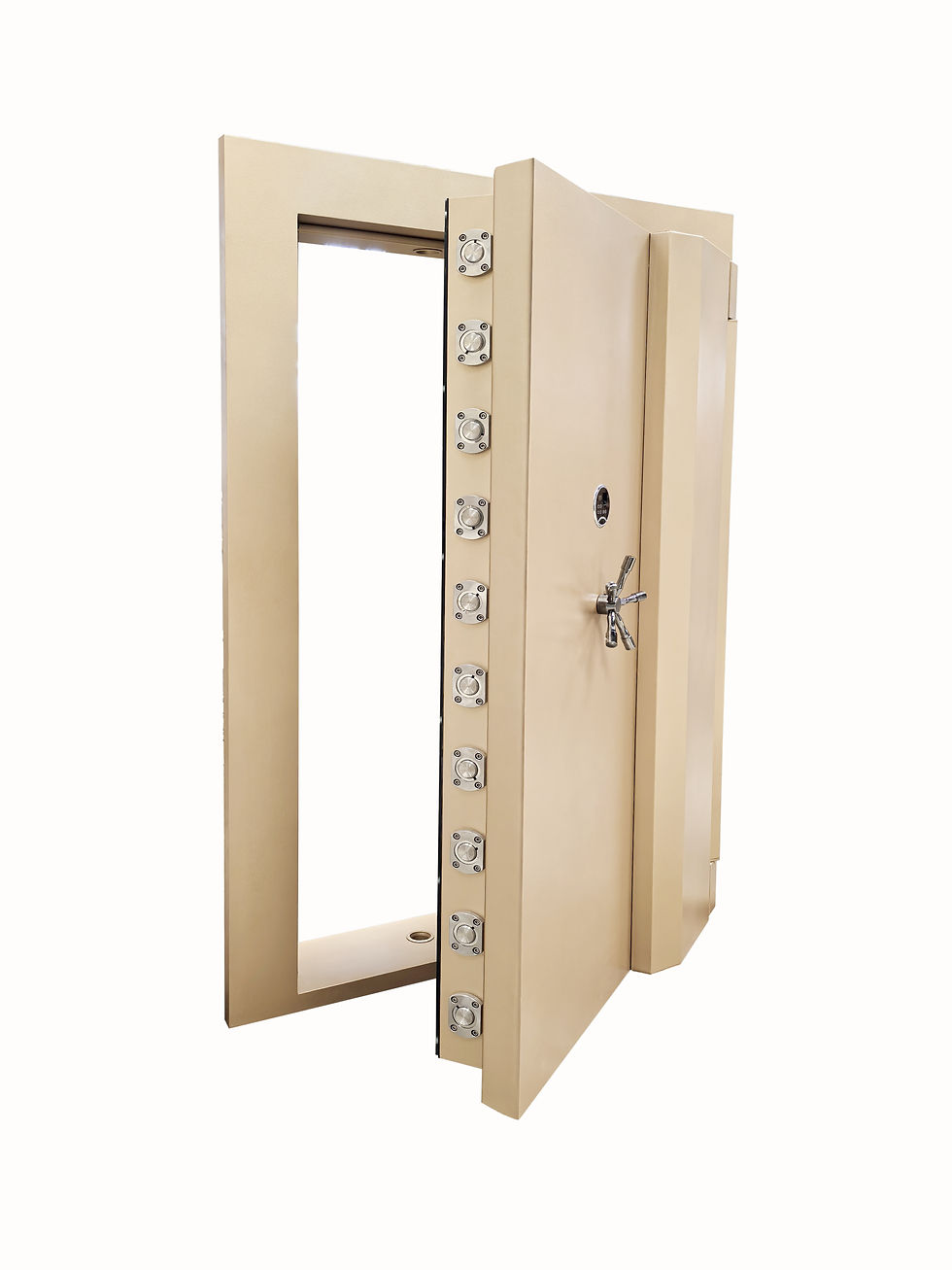Safes、vault door、modular vault EN Standards
- Lastingsafe

- Apr 21, 2019
- 2 min read
Updated: Jun 11
EN 1143-1
EN 1143-1 applies to secure storage units and provides for the requirements, classification, and methods of test for resistance to burglary. Part 1: Safes, ATM safes, strong-room doors and strong-rooms. This European Standard establishes the basis for testing and classifying free-standing safes, built-in safes (floor and wall), ATM safes and ATM bases, strong-room doors and strong-rooms (with or without a door) according to their burglary resistance. This European Standard does not cover testing and classifying Deposit Systems and ATM systems.

EN 1143-2
EN1143-2 applies to secure storage units and provides for the requirements, classification and methods of tests for resistance to burglary. Part 2: Deposit systems. This European Standard specifies requirements and tests methods for deposit systems, and classifies the systems according to their burglary resistance and their resistance to the theft of deposits. EN1143-2 comprises two types of deposit system: • Night safes which provide depositing services for the customers of financial institutions without giving access to the content of the night safe. • Deposit safes which enable the personnel of a company to place money or valuables in safe custody without giving access to the content of the deposit safe. The installation condition for deposit safe according to this European Standard is that the depositing functions are installed inside the premises of the company and are only disposable for the personnel of the company. EN1143-2 includes design requirements for deposit systems controlled by programmable controllers and for the software for these. Controller hardware testing is restricted to mechanical or electromechanical attacks of electric motors, sensors, coils and similar devices; but software testing as attempts to influence controller software or controller hardware is not part of this standard. Deposit systems may have devices for functions such as user identification and/or counting and registration of money. Tests of and requirements for classification of such functions are not included. EN1143-2 does not cover protection of persons using the deposit system or the prevention of fraud committed by operators of the deposit system.
EN 14450
EN 14450 applies to secure storage units and provides for the requirements, classification and methods of test for resistance to burglary. Secure safe cabinets. This document establishes the basis for testing and classifying secure safe cabinets. A distinction is made between security levels S 1 and S 2. The security requirements of this standard are lower than those of EN 1143-1, but higher than the requirements of VDMA 24992.
EN 1300
EN 1300 applies to secure storage units and provides requirements for high security locks according to their resistance to unauthorized opening. EN 1300 specifies requirements for reliability, resistance to burglary, and unauthorized opening with methods of testing. It also provides a scheme for classifying HSL in accordance with their assessed resistance to burglary and unauthorized opening. It applies to mechanical and electronic HSL. The following features may be included as optional subjects but they are not mandatory: 1) recognized code for preventing code altering and/or enabling/disabling parallel codes; 2) recognized code for disabling time set up; 3) integration of alarm components or functions; 4) remote control duties; 5) resistance to attacks with acids; 6) resistance to X-rays; 7) resistance to explosives; 8) time functions.



